Table of Contents
Guide
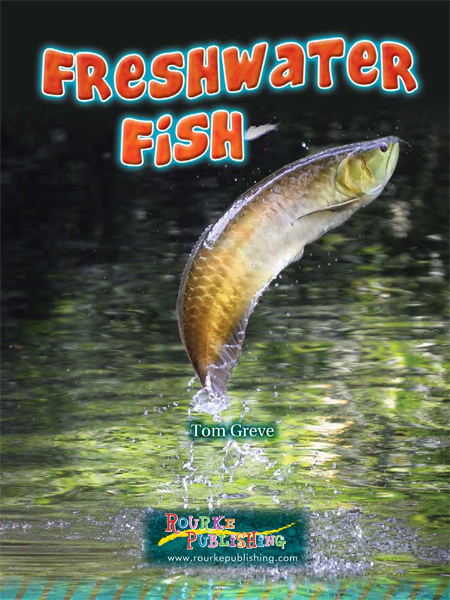
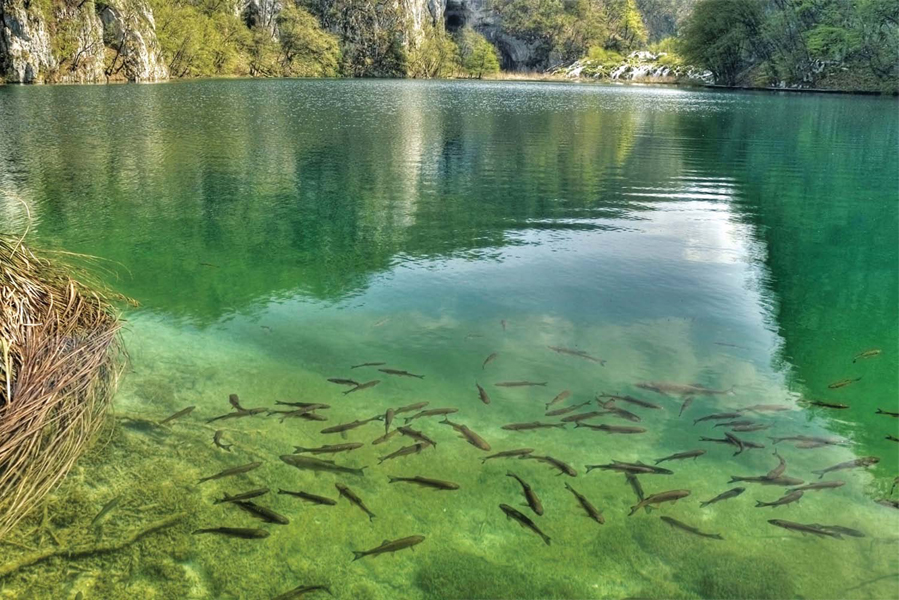
2012 Rourke Publishing LLC All rights reserved. No part of this book may be reproduced or utilized in any form or by any means, electronic or mechanical including photocopying, recording, or by any information storage and retrieval system without permission in writing from the publisher. www.rourkepublishing.com PHOTO CREDITS: : Pierre Chouinard; Edited by: Precious McKenzie Cover Design by Renee Brady
Interior Design by Tara Raymo Library of Congress Cataloging-in-Publication Data Greve, Tom
Freshwater Fish / Tom Greve.
p. cm. -- (Eye to Eye with Animals)
ISBN 978-1-61741-777-1 (hard cover) (alk. paper)
ISBN 978-1-61741-979-9 (soft cover)
Library of Congress Control Number: 2011924822 Rourke Publishing
Printed in the United States of America, North Mankato, Minnesota
060711
060711CL

Post Office Box 643328 Vero Beach, Florida 32964
Chapter 1
Life Underwater: Hold the Salt
Millions of Earths most creatures live in a place where humans wouldnt survive underwater!
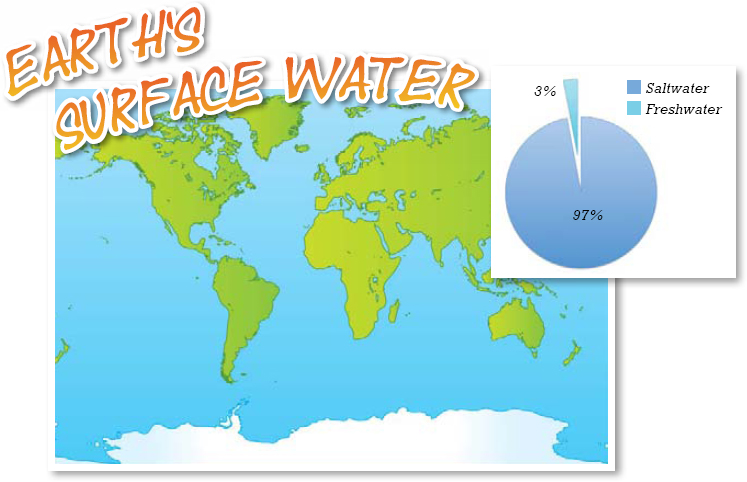 Water, Water Everywhere: Water covers 70 percent of Earth.But less than three percent of it is freshwater.
Water, Water Everywhere: Water covers 70 percent of Earth.But less than three percent of it is freshwater.
The rest contains high levels of salt, including all the water in the oceans. Fish either live in freshwater or saltwater. Freshwater fish live in scattered on Earth. 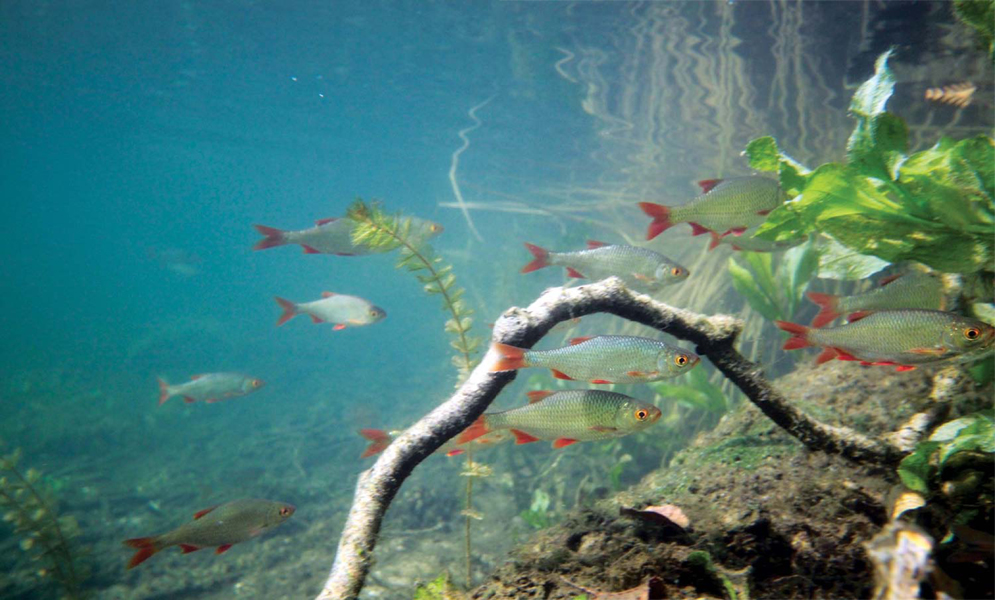 Despite having far less water to live in than ocean fish, freshwater fish are amazingly diverse animals.
Despite having far less water to live in than ocean fish, freshwater fish are amazingly diverse animals.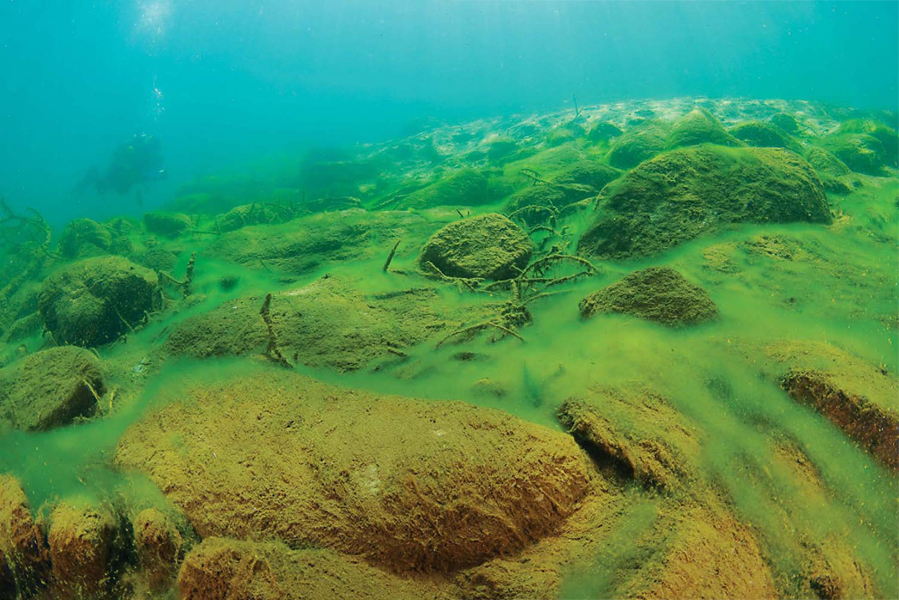 Since fish live underwater, simple activities like breathing, moving, or even sleeping are different for fish than they are for animals that live on land.
Since fish live underwater, simple activities like breathing, moving, or even sleeping are different for fish than they are for animals that live on land. 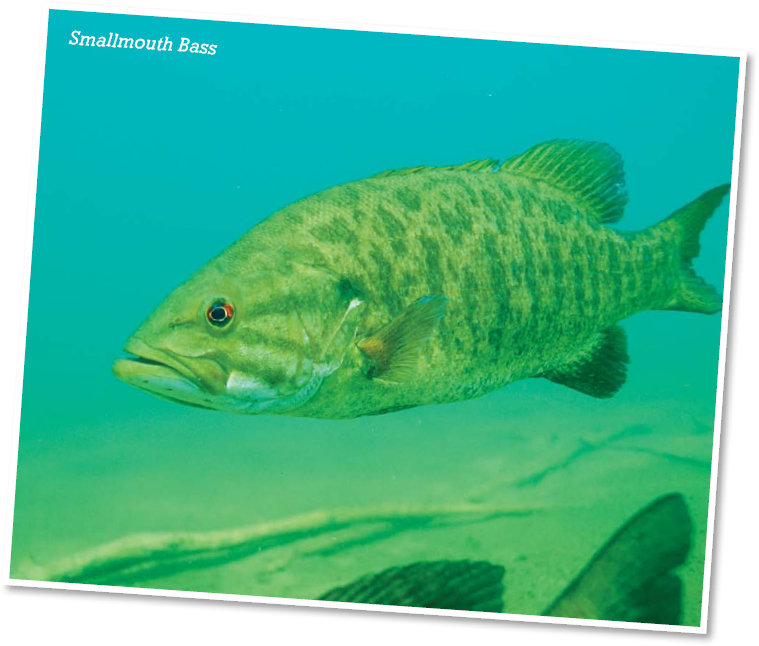 All fish have a backbone. Scales cover the bodies of most freshwater fish. They are cold-blooded, so their bodies match the temperature of the water in their habitat.
All fish have a backbone. Scales cover the bodies of most freshwater fish. They are cold-blooded, so their bodies match the temperature of the water in their habitat.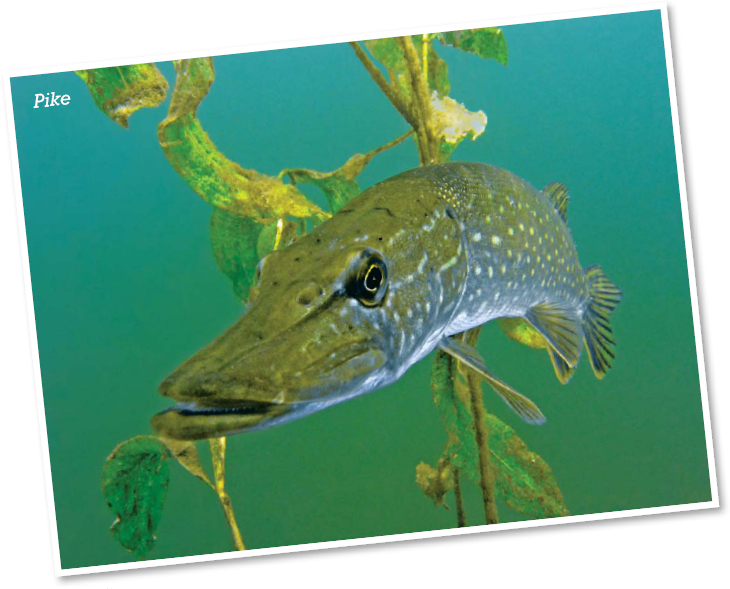 FREAKY
FREAKY
FISH FACT Since their eyes are kept moist by the water, most fish have no eyelids.
They sleep with their eyes open. Many freshwater fish, like humans, have binocular vision. This means they see using both eyes. But fish eyes are commonly on the side of their heads, allowing them to see up, down, sideways, and back all at the same time.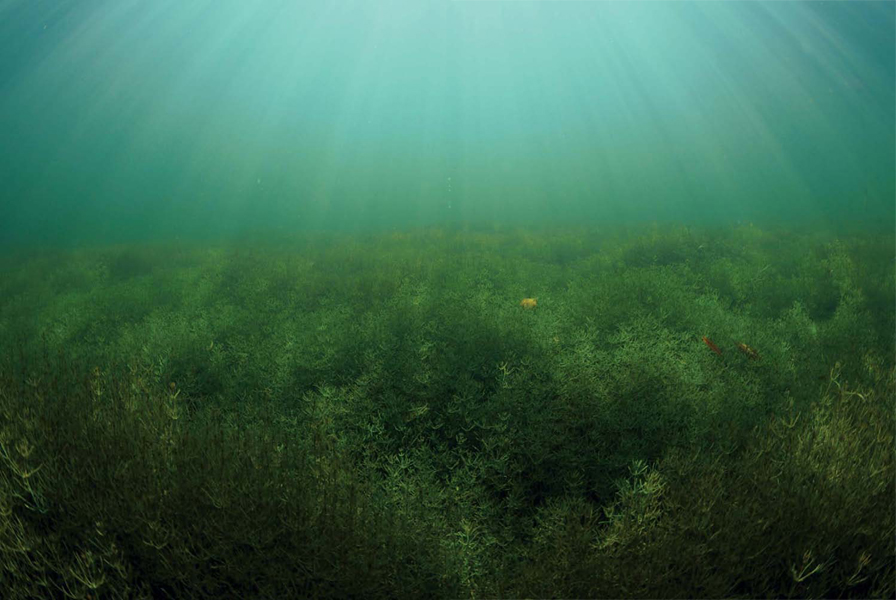 Freshwater fish to life in water that contains little or no salt. Most freshwater fish cannot survive in a saltwater habitat.
Freshwater fish to life in water that contains little or no salt. Most freshwater fish cannot survive in a saltwater habitat.  Salmon are a rare example of fish that can adapt to both salt and freshwater.
Salmon are a rare example of fish that can adapt to both salt and freshwater.
Most salmon are born in freshwater rivers but then swim to the ocean to live. When they mature, they swim back up the river to lay their eggs. Most freshwater fish have babies by laying eggs, a far smaller number of species give birth to live young. When fish reproduce, its called spawning. 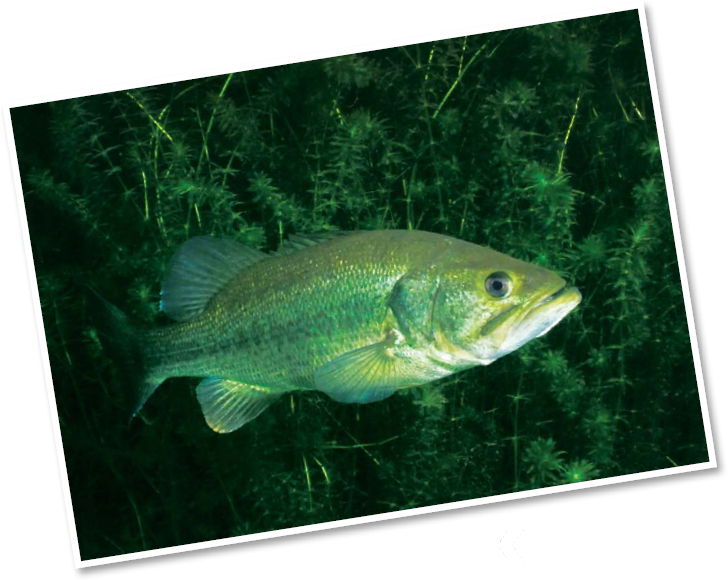 Some freshwater species, like the Largemouth bass, are hermaphroditic, meaning they can be both male and female at the same time.
Some freshwater species, like the Largemouth bass, are hermaphroditic, meaning they can be both male and female at the same time.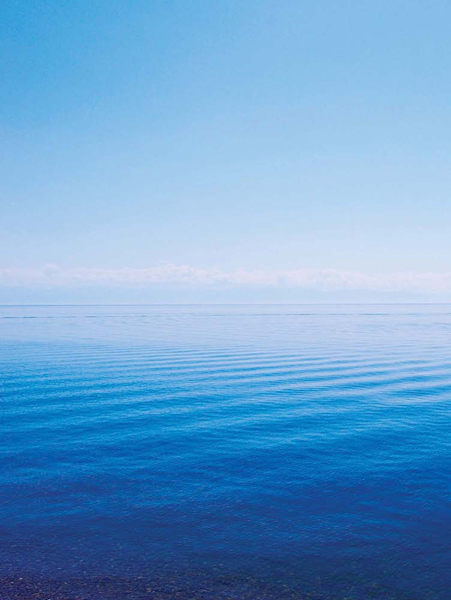 Unlike Earths oceans, which are actually one large body of water, freshwater habitats like lakes and ponds are separate from one another. Many species of freshwater fish exist only in their specific habitat.
Unlike Earths oceans, which are actually one large body of water, freshwater habitats like lakes and ponds are separate from one another. Many species of freshwater fish exist only in their specific habitat.  Golomyankas live only in the frigid waters of Russias Lake Baikal.
Golomyankas live only in the frigid waters of Russias Lake Baikal.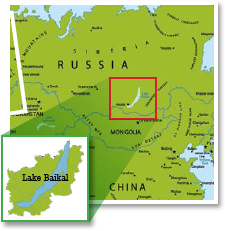
 Lake Baikal is Earths deepest Lake (5,300 feet or 1,630 meters).
Lake Baikal is Earths deepest Lake (5,300 feet or 1,630 meters).
Dozens of fish species in the lake live nowhere else on Earth. Its diversity even goes beyond fish. It is home to Earths only freshwater seals.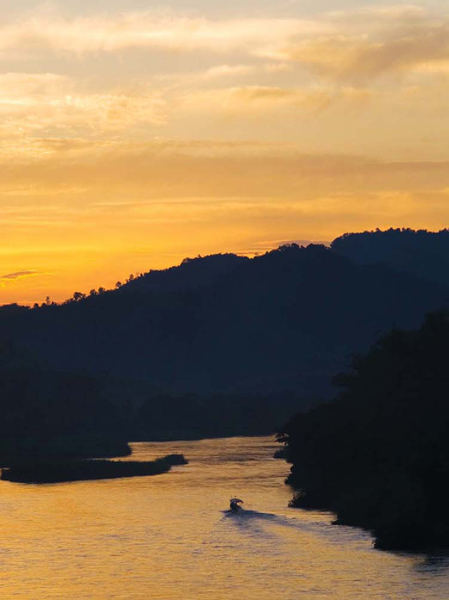
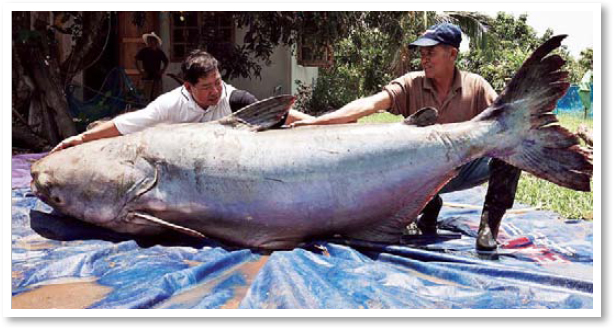 Rivers also support diverse habitats. Asias Mekong River is home to the Mekong giant catfish. The river has more species of large-sized freshwater fish than any other river on Earth. FREAKY
Rivers also support diverse habitats. Asias Mekong River is home to the Mekong giant catfish. The river has more species of large-sized freshwater fish than any other river on Earth. FREAKY
FISH FACT In 2005 fishermen in Thailand caught a 646 pound (293 kg) Mekong giant catfish.
Chapter 2
Freshwater Fish Food
Freshwater fish spend their lives as links in a food chain.
Chapter 2
Freshwater Fish Food
Freshwater fish spend their lives as links in a food chain.
Tiny plant organisms called Small fish feed on the plankton, and large fish into the water, they impact the food chain. 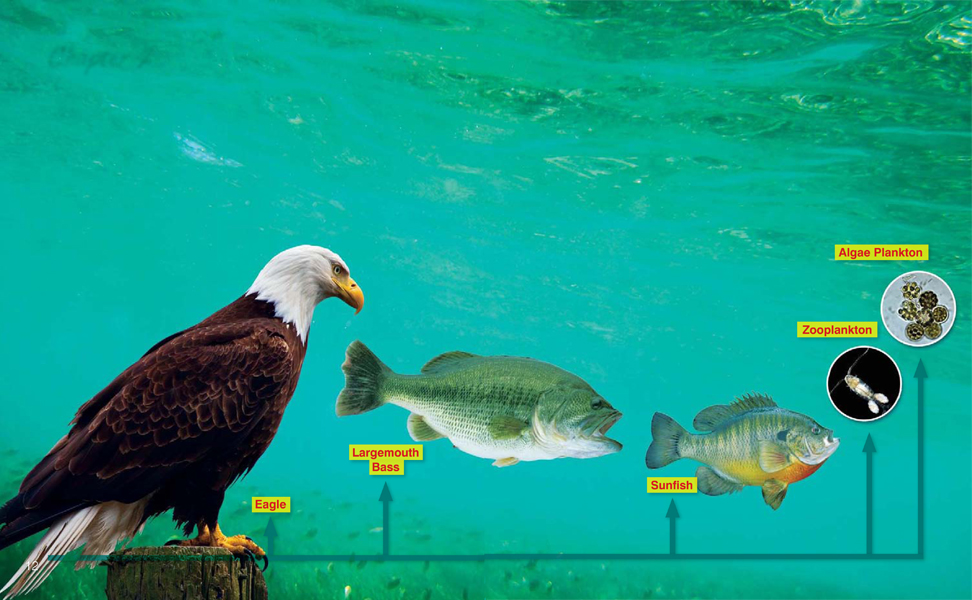 Freshwater food chains can differ from one body of water to the next based on different species living in the water, in the air, and on land.
Freshwater food chains can differ from one body of water to the next based on different species living in the water, in the air, and on land.
Chapter 3
The Great Lakes
The greatest concentration of freshwater on the Earths surface is in the Great Lakes of North America. The Great Lakes are home to many different species of fish.
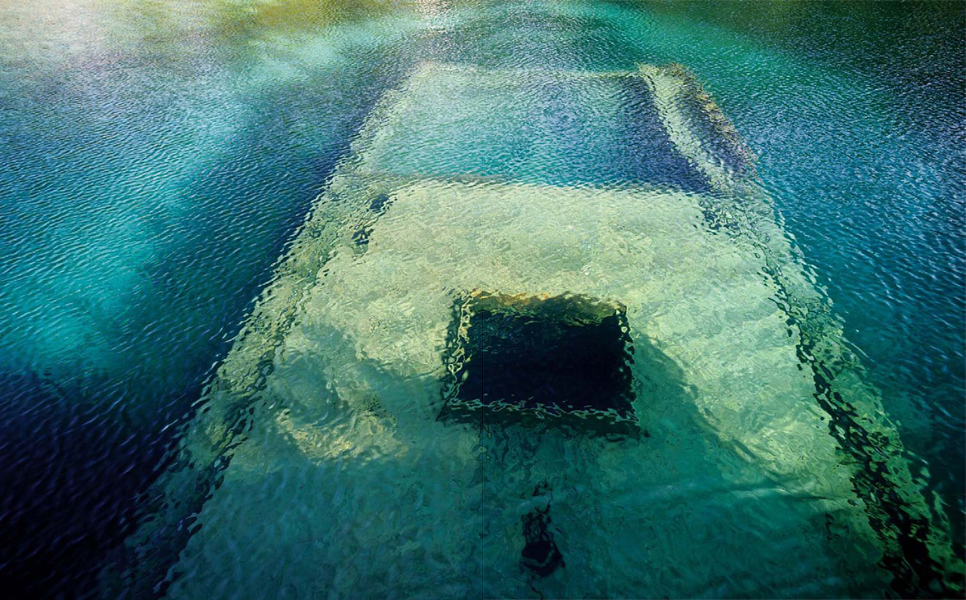
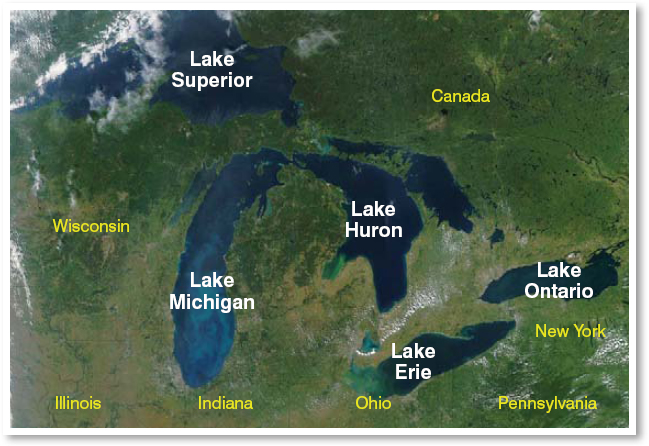 North Americas Great Lakes contain more than one fifth (21 percent) of all the freshwater on Earth.
North Americas Great Lakes contain more than one fifth (21 percent) of all the freshwater on Earth.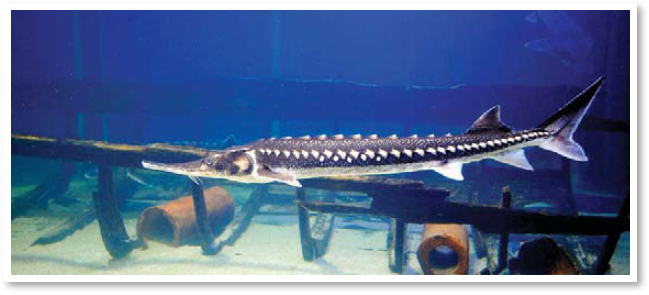

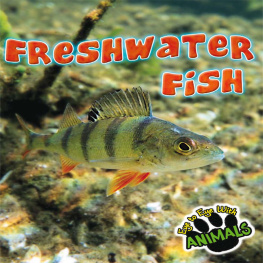


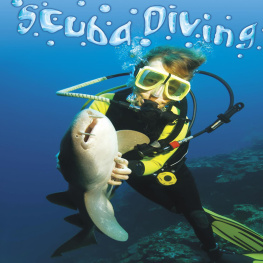


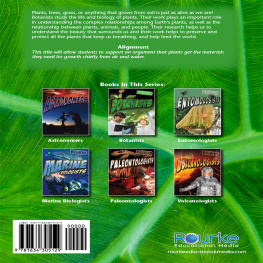
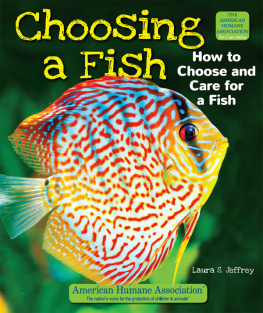





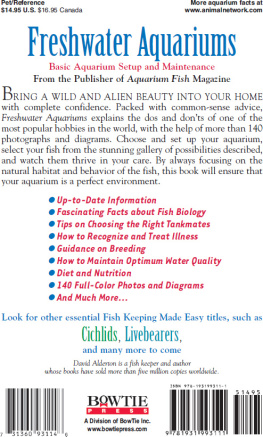

 2012 Rourke Publishing LLC All rights reserved. No part of this book may be reproduced or utilized in any form or by any means, electronic or mechanical including photocopying, recording, or by any information storage and retrieval system without permission in writing from the publisher. www.rourkepublishing.com PHOTO CREDITS: : Pierre Chouinard; Edited by: Precious McKenzie Cover Design by Renee Brady
2012 Rourke Publishing LLC All rights reserved. No part of this book may be reproduced or utilized in any form or by any means, electronic or mechanical including photocopying, recording, or by any information storage and retrieval system without permission in writing from the publisher. www.rourkepublishing.com PHOTO CREDITS: : Pierre Chouinard; Edited by: Precious McKenzie Cover Design by Renee Brady
 Water, Water Everywhere: Water covers 70 percent of Earth.But less than three percent of it is freshwater.
Water, Water Everywhere: Water covers 70 percent of Earth.But less than three percent of it is freshwater. Despite having far less water to live in than ocean fish, freshwater fish are amazingly diverse animals.
Despite having far less water to live in than ocean fish, freshwater fish are amazingly diverse animals. Since fish live underwater, simple activities like breathing, moving, or even sleeping are different for fish than they are for animals that live on land.
Since fish live underwater, simple activities like breathing, moving, or even sleeping are different for fish than they are for animals that live on land.  All fish have a backbone. Scales cover the bodies of most freshwater fish. They are cold-blooded, so their bodies match the temperature of the water in their habitat.
All fish have a backbone. Scales cover the bodies of most freshwater fish. They are cold-blooded, so their bodies match the temperature of the water in their habitat. FREAKY
FREAKY Freshwater fish to life in water that contains little or no salt. Most freshwater fish cannot survive in a saltwater habitat.
Freshwater fish to life in water that contains little or no salt. Most freshwater fish cannot survive in a saltwater habitat.  Salmon are a rare example of fish that can adapt to both salt and freshwater.
Salmon are a rare example of fish that can adapt to both salt and freshwater. Some freshwater species, like the Largemouth bass, are hermaphroditic, meaning they can be both male and female at the same time.
Some freshwater species, like the Largemouth bass, are hermaphroditic, meaning they can be both male and female at the same time. Unlike Earths oceans, which are actually one large body of water, freshwater habitats like lakes and ponds are separate from one another. Many species of freshwater fish exist only in their specific habitat.
Unlike Earths oceans, which are actually one large body of water, freshwater habitats like lakes and ponds are separate from one another. Many species of freshwater fish exist only in their specific habitat.  Golomyankas live only in the frigid waters of Russias Lake Baikal.
Golomyankas live only in the frigid waters of Russias Lake Baikal.
 Lake Baikal is Earths deepest Lake (5,300 feet or 1,630 meters).
Lake Baikal is Earths deepest Lake (5,300 feet or 1,630 meters).
 Rivers also support diverse habitats. Asias Mekong River is home to the Mekong giant catfish. The river has more species of large-sized freshwater fish than any other river on Earth. FREAKY
Rivers also support diverse habitats. Asias Mekong River is home to the Mekong giant catfish. The river has more species of large-sized freshwater fish than any other river on Earth. FREAKY Freshwater food chains can differ from one body of water to the next based on different species living in the water, in the air, and on land.
Freshwater food chains can differ from one body of water to the next based on different species living in the water, in the air, and on land.
 North Americas Great Lakes contain more than one fifth (21 percent) of all the freshwater on Earth.
North Americas Great Lakes contain more than one fifth (21 percent) of all the freshwater on Earth.